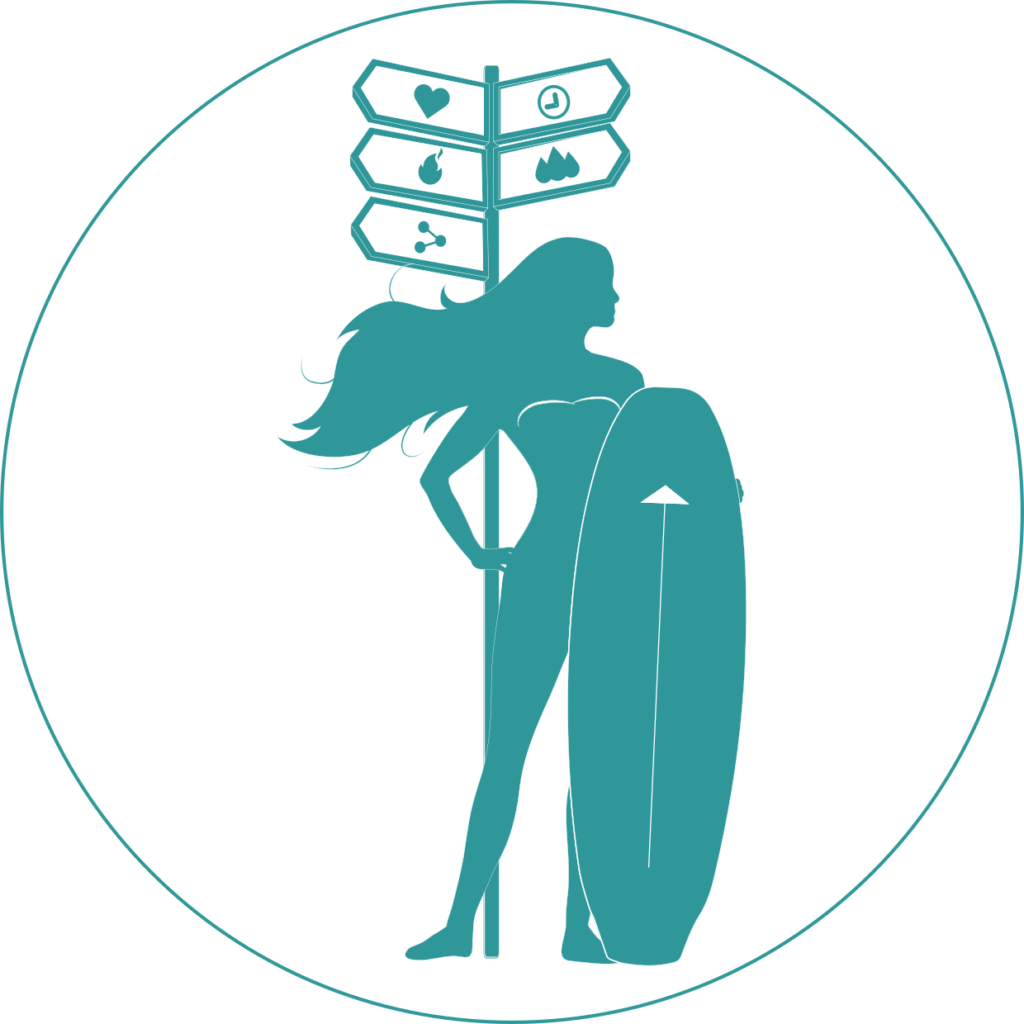I’ve been wondering how differently people experience social interaction, and how much or little we seek it. Also whether there’s a pattern in when we need more or less. Because with me it’s changes all the time.
Some people get energised in a crowd. Others recharge in stillness. And some, like me, need both, just in different amounts.
Recently I came across an interview with Andrew Huberman that explains this in the clearest scientific way.
It’s not really about personality.
It’s not even about introversion or extroversion the way we usually think of them.
It’s about dopamine. And homeostasis.
And it might explain a lot, everything is just so finely tuned. And that’s such a beautiful way to look at it, so I decided to dive deeper.
Social Homeostasis
So here’s how Huberman puts it.
Just like your body regulates hunger and thirst, your brain also regulates social interaction through something called social homeostasis.
Your brain has a set-point for how much social input you need to feel good. Not too much. Not too little. Just right.
And when you’re off-balance, for example, you’ve had too little meaningful connection, your brain gives you a gentle push to go seek it. Like it would if you were dehydrated or low on sleep.
But everyone’s set-point is different.
Introverts and Extroverts Aren’t Opposites, They’re Just Calibrated Differently
Huberman explains that what we call introverts and extroverts is actually a difference in how efficiently our brains process dopamine, the molecule that makes us feel rewarded and energised.
• Introvert-types get a strong dopamine hit from a single, meaningful conversation. They fill up fast. They don’t need hours of chatter to feel connected. Their brain might simply hit the jackpot sooner.
• Extrovert-types metabolise social interaction differently. They get smaller dopamine hits per interaction, so they naturally seek more of it to feel that same satisfaction.
It’s not better or worse. It’s just different brain wiring.
Dopamine Sensitivity and Action Sports
Dopamine doesn’t only affect social interaction. It also drives motivation across all types of experience, especially in high-intensity activities.
At the heart of it is dopamine, the signal for pleasure, motivation and that internal “yes, do that again” response.
But not all brains respond to dopamine in the same way.
Some people have what scientists call lower dopamine receptor sensitivity. You could say their reward dial is turned down. They need bigger hits to feel that spark. These are often the people drawn to action sports, kitesurfing, cliff diving, skateboarding, intense activities that flood the system with dopamine and adrenaline. Their brain’s sweet spot is only reached through strong stimulation.
What Happens on a ‘No-Wind Day‘
But what happens on a day with ‘no wind or no waves’?
The dopamine dial still wants that buzz. So the brain may go looking for something else, like social connection, novelty or challenge, to reach its baseline reward state.
This isn’t just habit. Research shows this is how the brain tries to maintain balance. Neuroscientists call this homeostasis (Huberman Lab, 2024).
Burnout After the High
After a high-dopamine day, with for example a long, intense kitesurf session, your brain naturally shifts into recovery mode.
Dopamine is not endless. After a spike, levels drop and receptors temporarily down-regulate. That can lead to a short-term dip in motivation or social drive the next day.
You’re not antisocial or low-energy. Your system is just restoring balance. It’s completely normal.
This could explain why people (like me) sometimes seem super social or high-energy one day, and completely inward the next.
On the Flip Side: High Dopamine Sensitivity
Now here’s the flip side. Some people have high dopamine receptor sensitivity. Their brains get a quicker, fuller hit from smaller doses.
They often lean more introverted. For them, a calm sunset or a quiet conversation can create a deeply satisfying reward response. They don’t need high-adrenaline events to feel motivated or fulfilled.
Does that mean they avoid action sports? Not at all. But they might experience the reward more intensely from each moment. Their system is tuned to respond more fully to smaller bursts.
This matches research showing that introverts can experience stronger internal rewards even with less external stimulation (DeYoung et al., 2010).
So What Does This All Mean
Whether you’re chasing the next megaloop or quietly watching the waves, your dopamine system is tuned to your rhythm. It affects how you connect, recover and seek out experiences.
Understanding this helps you honour how your own brain works. It also helps you understand the people around you better.
And maybe on a ‘no-wind day’, the laughter of friends or a peaceful moment with the horizon is exactly the kind of reward your brain needs.

